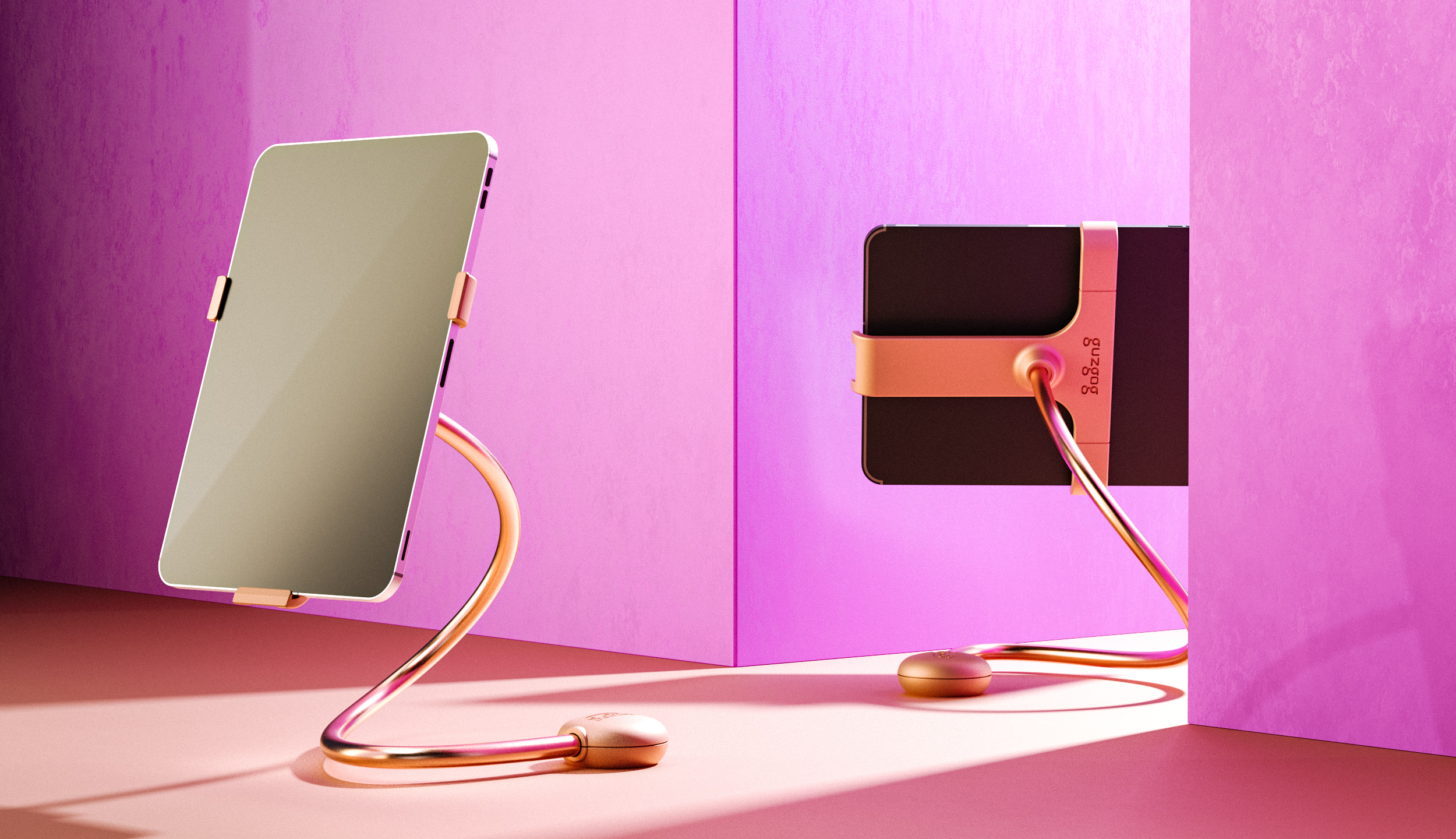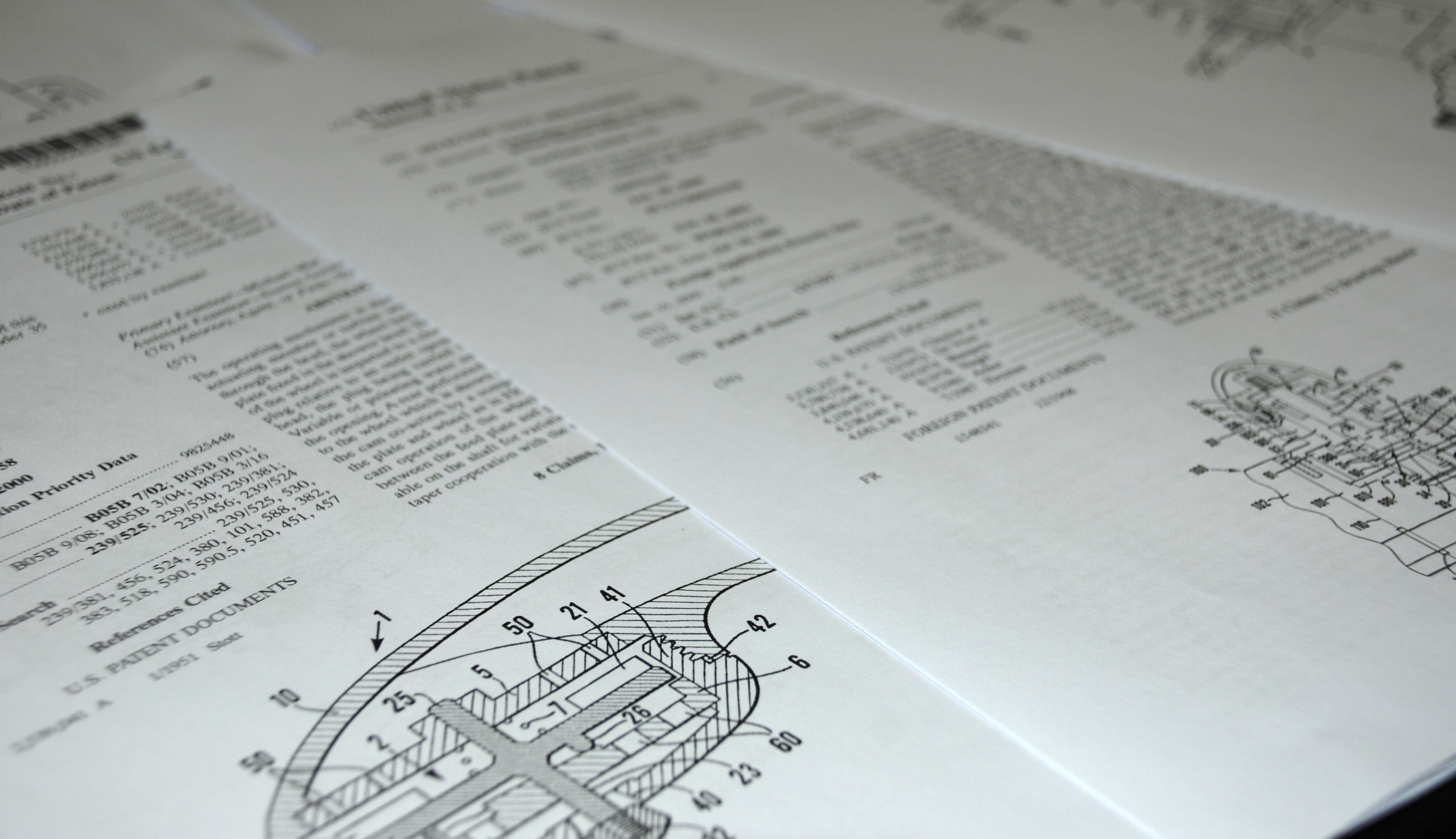Physical Product Design for Startups: A Comprehensive Guide

Product Design
Product design is key for startups to turn their product idea into products. Product design is more than just looks; it’s functionality, usability and marketability. This process shapes the product and the customer experience and production methods so it’s fundamental to turning an idea into a tangible marketable product.
Table of Contents
What do Product Designers do
Product designers bridge the gap between an idea and a market ready product. Their job is to ideate, sketch and model products that are appealing to customers and viable for manufacturing. The development team plays a critical role in implementing data collection tools, ensuring proper product support, and creating a product roadmap, all of which are essential for successful market introduction and product iterations. By combining user needs with business objectives they make products desirable and practical.
The Design Process
The product development process is linear, starting with ideation where initial concepts are born. Then sketching and detailed drawings are created, often with CAD software. Prototyping follows where designers test and refine the physical model. This stage is crucial as it helps identify and fix design flaws so the final product is functional and user friendly.
User Centric Design
User centric design is about the needs and limitations of the end user and ensuring an intuitive user interface at every stage of the design and development process. This approach not only increases user satisfaction and usability but also makes the product more marketable by making sure it meets real customer needs.
Tools and Technologies in Product Design
Modern product design uses advanced tools and technologies, CAD software and 3D printing to name a few, which gives precision and efficiency. These tools allow designers to create detailed models and prototypes fast and cost effectively, speed up the development process and reduce time to market, providing valuable insights that lead to improved usability and better alignment with market expectations.
Working with Product Design Companies
Working with a product design company can greatly help with startup product development and getting a product to market. When choosing a design partner, startups should look for companies that not only have a strong design capability but also understand the startup’s vision, market, and goals.
Design to Prototype
Going from design to prototype is a critical stage in the development phase that turns theoretical designs into physical form. This stage is where you can see how the product will work in real life and test your assumptions and iterate based on feedback.
Evaluating and Iterating
User testing, design evaluation, and iteration involve refining the product based on user feedback and testing. This iterative process makes sure the product meets or beats market standards and user expectations so it’s key to product development.
Getting to Market
Before launching, make sure the product design is finalized, beautiful, and ready for consumer adoption by developing comprehensive marketing materials. This means final tweaks based on pilot testing and user feedback to get the product to its best state.

Legal in Product Design
Startups need to be aware of intellectual property rights and make sure their design doesn’t infringe on existing patents or trademarks. Proper legal advice is key to protecting a product’s unique design and technology.
Who’s Your Target Audience
You need to know your target audience to design a product. This means conducting market research to gather insights on customer needs, wants and behaviours. Creating buyer personas and gathering customer feedback continuously is key to align the product to market expectations.
Market Research for Your Physical Product
Market research is key to the design process and should include competitor products, industry trends and direct customer feedback. This research helps you to find unique value proposition and differentiate the product in the market.
Prototyping and Testing
Prototyping allows startups to build a functional model that can be tested in real life. This stage is where you can identify and fix design flaws, validate the product concept and get the product ready for the next stage of manufacturing.
Manufacturing and Production
Understanding the manufacturing process and production is key to make sure the design is feasible and cost effective for mass production. Startups need to work closely with manufacturers to refine the product design based on manufacturing capabilities and constraints.
Managing Expectations and Risk
Setting expectations and managing risk is key to project success. This means clear communication, detailed project planning and continuous monitoring of the project to mitigate the risks of product development.
Launch and Market Your Product
The final stage is to prepare and execute a launch and marketing strategy to get the product to market. Good marketing tactics and promotional activities is key to generate customer interest and initial sales.
Conclusion on product design for startups
Physical product design is an intricate process that requires careful planning, strategic execution, and continuous refinement. By understanding their target audience, leveraging the right technologies, and collaborating effectively with skilled designers, startups can successfully bring innovative products to market.
Ready to get started on a project?
Socials



